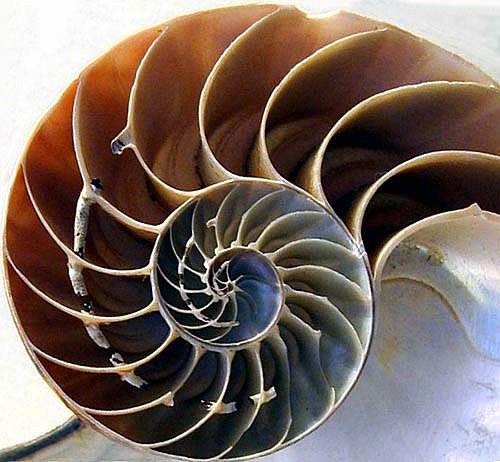Constants of Nature
John H. Lienhard presents guest Andy Boyd
Today, guest scientist Andrew Boyd looks at the grandest machine of all. The University of Houston presents this series about the machines that make our civilization run, and the people whose ingenuity created them.
Why does our universe support life? It's a tough question that many physicists grapple with relentlessly.
From the time of Sir Isaac Newton, we've looked at the universe as a great machine. Yet, as we've come to better understand this remarkable machine, we've also come to realize just how finely tuned it is.
There are many numbers (like the speed of light) known as the Constants of Nature. They govern the way the universe works. They're like the color and brightness knobs on a television. Depending on how the knobs are set, they produce a different picture. We don't get to set the Constants of Nature, but we do get to experience the universe they've produced.
An example is the fine structure constant, a number that Nobel laureate and world-renowned physicist Richard Feynman puzzled over. "It has been a mystery ever since it was discovered," wrote Feynman,
and all good theoretical physicists put this number up on their wall and worry about it ... It's one of the greatest damn mysteries of physics: a magic number that comes to us with no understanding by man ... We know what kind of dance to do experimentally to measure this number very accurately, but we don't know what kind of dance to do on the computer to make this number come out, without putting it in secretly!
Feynman realized that if the fine structure constant was somehow even a tiny bit different, the universe we experience would not be the same. Certainly, human life would not have evolved.
For such a number to come out of thin air is unsettling. While we understand where some of the Constants of Nature come from, many seem completely arbitrary, and a better explanation of their origin remains one of the Holy Grails of modern physics.
One especially intriguing explanation surfaced at a 1973 conference in celebration of Copernicus's 500th birthday, where Brandon Carter proposed a simple, persuasive argument that helped explain why the Constants of Nature are what they are. Deemed the weak anthropic principle by John Barrow and Frank Tipler, the argument runs as follows.
If the Constants of Nature were not set to support human life, then we wouldn't be here to ask about them in the first place. In other words, because we're here to ask questions about the Constants of Nature, they must have values that support human life. So we shouldn't be surprised that they are what they are.
If at first you find this argument unsatisfying, you're not alone. The weak anthropic principle has sparked tremendous debate throughout the scientific and philosophical communities. It's been accused of being a "proof by lack of imagination," and it seems a bit like the answer we give to our children when they ask "why" too many times - "just because," and "stop asking all those annoying questions."
But in reality the weak anthropic principle embodies a logical explanation for the Constants of Nature. In doing so, it provides a candidate scientific explanation for why the universe supports human life, even as physicists continue their search for that Holy Grail.
I'm Andy Boyd, at the University of Houston, where we're interested in the way inventive minds work.
Dr. Andrew Boyd is Chief Scientist and Senior Vice President at PROS, a provider of pricing and revenue optimization solutions. Dr. Boyd received his A.B. with Honors at Oberlin College with majors in Mathematics and Economics in 1981, and his Ph.D. in Operations Research from MIT in 1987. Prior to joining PROS, he enjoyed a successful ten year career as a university professor.
John D. Barrow and Frank J. Tipler, The Anthropic Cosmological Principle, Oxford University Press, Oxford, 1986.
Anthropic Principle, accessed on October 22, 2004, https://en.wikipedia.org/wiki/Anthropic_principle.
For more on the Anthropic Principle, see Episode 296.
An updated version of this episode can be found at 3149.

The Chambered Nautilus: In which nature flawlessly executes constant mathematical form (Photo by John Lienhard)